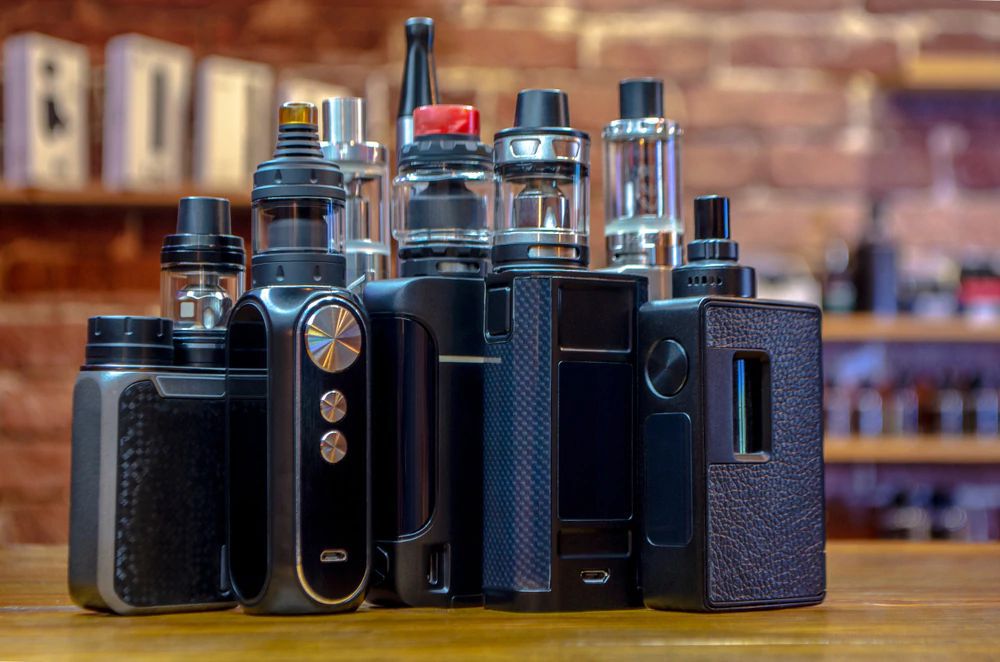Danger of Vapes according to World Health Organization (WHO) and Australia introduce new laws
3 min read
Buying a vape just got harder in Australia with the introduction of some of the world’s toughest anti-vaping laws that limit the sale of vapes with nicotine to pharmacies. From Monday the 01st of July 2024 the users need to provide doctor’s prescriptions to a pharmacist to buy vapes and the choice will be limited to three flavors which are mint , menthol and tobacco.
The WHO indicated that urgent action is needed to control e-cigarettes to protect children, as well as non-smokers and minimize health harms to the population. E-cigarettes as consumer products are not shown to be effective for quitting tobacco use at the population level. Instead, alarming evidence has emerged on adverse population health effects.
E-cigarettes have been allowed on the open market and aggressively marketed to young people. 34 countries banned the sales of e-cigarettes, while 88 countries have no minimum age at which e-cigarettes can be bought and also having 74 countries which has no regulations in place for these harmful products.
“Kids are being recruited and trapped at an early age to use e-cigarettes and may get hooked to nicotine,” said Dr Tedros Adhanom Ghebreyesus, WHO Director-General. “I urge countries to implement strict measures to prevent uptake to protect their citizens, especially their children and young people.”
E-cigarettes with nicotine are highly addictive and are harmful to health. Whilst long-term health effects are not fully understood. it has been established that these E-cigarettes generate toxic substances, some of which are known to cause cancer and some that increase the risk of heart and lung disorders. Use of e-cigarettes can also affect the development of the brain and which may result in learning disorders for young people. with fetal exposure to e-cigarettes, it can adversely affect the development of the fetus in pregnant women. Exposure to emissions from e-cigarettes also poses risks to bystanders.
“E-cigarettes target children through social media and influencers, with at least 16 000 flavours. Some of these products use cartoon characters and have sleek designs, which appeal to the younger generation. There is an alarming increase in the use of e-cigarettes among children and young people with rates exceeding adult use in many countries,” Dr Ruediger Krech, WHO Director for Health Promotion.
in all WHO regions, children between ages of 13–15-years old are using e-cigarettes at rates higher than adults . Between 2017–2022 in Canada, the rates of e-cigarette use among the ages of 16–19-year-olds has doubled , and while in England (the United Kingdom) in the past three years the number of young users has tripled .
Urgent measures are necessary to prevent uptake of e-cigarettes and counter nicotine addiction alongside a comprehensive approach to tobacco control, and in light of national circumstances.
- Where countries ban the sale of e-cigarettes, to strengthen implementation of the ban and continue monitoring and surveillance to support public health interventions and ensure strong enforcement; and
- Where countries permit commercialization (sale, importation, distribution and manufacture) of e-cigarettes as consumer products, to ensure strong regulations to reduce their appeal and their harm to the population, including banning all flavours, limiting the concentration and quality of nicotine, and taxing them.
Cessation strategies should be based on the best available evidence of efficacy, to go with other tobacco control measures and subject to monitoring and evaluation. Based on the current evidence, it is not recommended that governments permit sale of e-cigarettes as consumer products in pursuit of a cessation objective.
The tobacco industry profits from destroying health and is using these newer products to get a seat at the policy-making table with governments to lobby against health policies. it is said that the tobacco industry funds and promotes false evidence to argue that these products reduce harm, while at the same time heavily promoting these products to children and non-smokers and continuing to sell billions of cigarettes.
Strong decisive action is needed to prevent the uptake of e-cigarettes based on the growing body of evidence of its use by children and adolescents and health harms.



